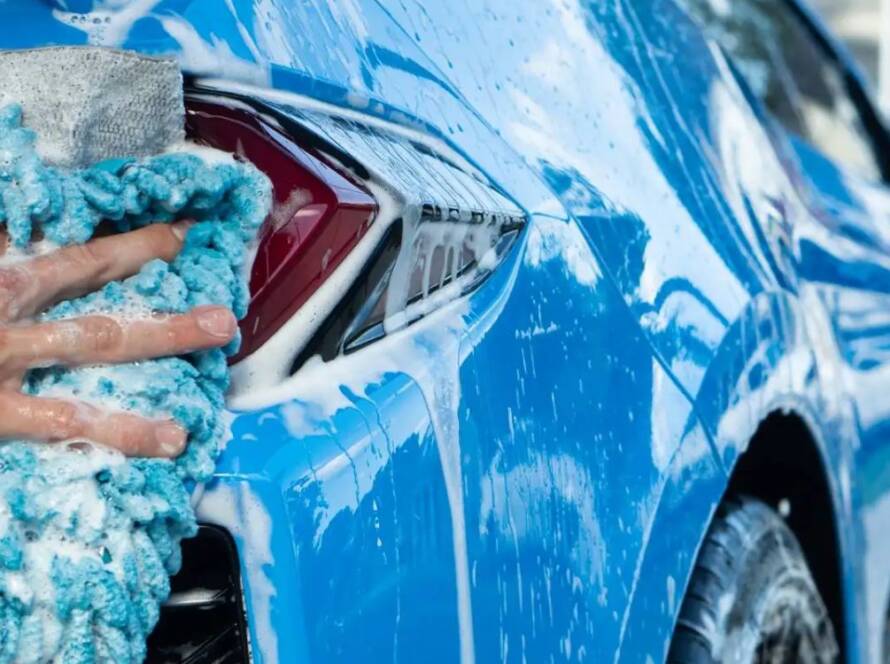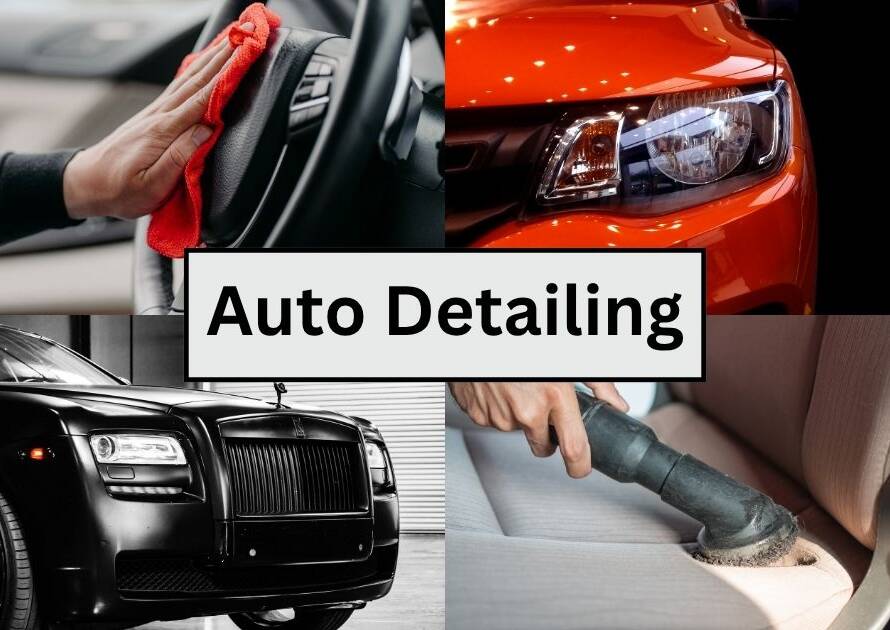Alloy wheels have become a staple in modern automotive design, admired for their sleek aesthetics, lighter weight, and enhanced vehicle performance. Whether fitted on luxury sedans, sports cars, or even everyday family vehicles, alloy wheels offer both form and function. However, they come with a drawback: they are particularly prone to cosmetic and structural damage. Curb scrapes, road debris, corrosion, and environmental exposure can quickly tarnish their appearance and performance.
For car owners who take pride in maintaining their vehicle’s look, the prospect of scratched, chipped, or damaged alloy wheels is frustrating, not to mention expensive to repair. That’s where alloy wheel guards come in. These protective accessories are designed to shield your wheel rims from everyday wear and tear, significantly prolonging their lifespan while keeping them looking pristine.
This article explores what alloy wheel guards are, how they work, and how they serve as an essential line of defense for your valuable wheels.
The Problem with Alloy Wheels
To understand the value of alloy wheel guards, it’s important to first examine the vulnerabilities of alloy wheels themselves.
Alloy wheels are made from a mixture of metals, typically aluminum and magnesium, which gives them strength and a refined finish. Their lighter weight compared to traditional steel wheels improves fuel efficiency, handling, and braking performance. However, these benefits come with some compromises in durability. The same materials that make alloy wheels lightweight also make them more prone to damage.
Everyday driving exposes alloy wheels to a range of hazards. Parking too close to the curb can result in unsightly scrapes or “curb rash.” Stones kicked up from the road can chip the finish. Harsh chemicals, road salt, and environmental moisture can lead to oxidation and corrosion over time. Because of their cost and appearance, repairing or replacing damaged alloy wheels can be inconvenient and expensive.
What Are Alloy Wheel Guards?
Alloy wheel guards also referred to as rim protectors are specially designed accessories that are installed around the outer edge of a wheel. Their main function is to create a physical barrier between the wheel and potential hazards, minimizing the risk of direct contact that could cause damage.
These guards come in different forms. Some attach using adhesive backing and stick directly onto the wheel rim. Others clip on mechanically or are built into tire designs as part of a raised sidewall feature. Regardless of the method of installation, the goal remains the same: to preserve the integrity and appearance of the alloy wheels.
They can be subtle or stylized, often available in a range of colors and materials, offering not just protection but also a chance to enhance the vehicle’s visual appeal. Some car owners choose guards that match the color of their car, while others prefer high-contrast designs that give the wheels a custom look.
How Alloy Wheel Guards Protect Your Wheels
Alloy wheel guards provide an effective barrier between your wheels and potential damage from kerbs, potholes, and debris. These protective rings help preserve the finish and integrity of your alloy wheels. Easy to install and affordable, they are a smart investment for keeping your wheels looking new.
1. Shielding from Curb Rash
One of the most common types of wheel damage occurs when the rim comes into contact with a curb, especially during parking maneuvers. This kind of contact typically results in abrasions or gouges on the outer edge of the wheel, diminishing its appearance and potentially leading to deeper structural issues.
Wheel guards serve as a protective buffer in these instances. They take the brunt of the impact instead of the metal rim itself. In many cases, the guard may get scratched or worn down, but the wheel beneath remains unharmed. And unlike the wheel, the guard is inexpensive and easy to replace.
2. Defending Against Road Debris
While driving at speed, particularly on highways or rural roads, small stones and debris often get kicked up by tires. These can chip the paint or even leave tiny dents on the wheel surface.
Wheel guards act as the first point of contact for such debris. Their material, often rubber or reinforced plastic, absorbs the impact and deflects debris away from the wheel edge, preventing chips and maintaining the integrity of the wheel’s finish.
3. Slowing Down Corrosion and Wear
Exposure to the elements can gradually wear down alloy wheels, especially in regions where roads are salted during winter. Moisture and salt can seep into small scratches or chips, accelerating the corrosion process.
By covering the rim’s vulnerable outer edge, wheel guards help maintain the integrity of the protective paint or coating. They serve as a barrier that limits the entry points for water, salt, and other corrosive materials, thereby reducing the likelihood of oxidation and corrosion over time.
4. Absorbing Minor Impacts
Urban environments are full of minor obstacles, low curbs, potholes, and even the occasional bumper-to-bumper nudge. While these minor impacts might not destroy a wheel, they can certainly mar its appearance or knock it slightly out of alignment.
Wheel guards provide a layer of shock absorption that can cushion these minor bumps. Though not designed to protect against major collisions or high-speed impacts, they can significantly reduce wear from everyday driving situations.
5. Enhancing Aesthetic Appeal
Beyond protection, many wheel guards offer a way to personalize your vehicle. Available in various styles and colors, they can enhance the look of your wheels by adding a splash of contrast or reinforcing a sleek, unified appearance. Some brands even offer interchangeable colors, allowing car owners to change the look of their wheels seasonally or for special events.
Additionally, for wheels that already have minor cosmetic flaws, a wheel guard can serve as a smart cover-up that hides imperfections without the need for expensive repairs or repainting.
Types of Alloy Wheel Guards
The market offers several types of wheel guards, each with distinct benefits and installation methods.
Adhesive Wheel Guards
These are perhaps the most common and user-friendly. They come as flexible strips that stick to the rim using a high-strength automotive adhesive. Adhesive wheel guards are known for their seamless look and ease of installation. However, it’s crucial that the wheel surface be clean and dry before installation to ensure a lasting bond.
Clip-On or Snap-On Wheel Guards
These are designed to clamp onto the wheel rim without adhesive. Installation typically involves snapping them into place using custom-fit clips or tension mechanisms. While they can be more secure in some cases, their fit may not suit all wheel styles or sizes. They are often made of more rigid materials and may offer a stronger impact buffer.
Tire-Integrated Protectors
Some high-end or performance tires feature a built-in rim protector in the sidewall design. These extend slightly beyond the rim and provide a minimal but consistent buffer. While not as customizable or visually prominent as aftermarket guards, they offer reliable, low-maintenance protection for the life of the tire.
Materials and Durability
Wheel guards are commonly made from durable rubber compounds, polyurethane, or flexible plastics. These materials are chosen for their ability to withstand environmental exposure, resist UV rays, and handle minor abrasions.
Some premium models may incorporate stronger materials or metal-infused designs, but these are typically more expensive and may require professional installation.
Durability can vary. On average, a well-maintained wheel guard can last anywhere from six months to two years, depending on driving habits, road conditions, and weather exposure. In areas with harsh winters or rough roads, more frequent replacement may be necessary.
Installation and Care
Installing alloy wheel guards is generally straightforward, particularly for adhesive or clip-on models. Most manufacturers include detailed instructions, and many car owners choose to install them at home. However, professional installation is available at auto shops for those seeking a guaranteed fit and finish.
Once installed, wheel guards require minimal maintenance. Regular washing with mild soap and water will help maintain their appearance. It’s also a good idea to check for looseness or wear every few months, especially after long trips or exposure to heavy rain and snow.
If a guard becomes loose or starts to peel away, it should be replaced promptly to ensure continued protection. Fortunately, replacements are relatively inexpensive.
Are They Worth the Investment?
When considering the cost of repairing or refinishing a single alloy wheel—often ranging from $100 to $300 depending on severity—it’s easy to see how wheel guards can quickly pay for themselves. A set of quality wheel guards typically costs between $30 and $100 and can provide long-term protection against everyday damage.
For anyone who frequently parks in tight urban spaces, drives long distances on debris-prone roads, or simply wants to preserve the appearance and resale value of their vehicle, alloy wheel guards are a smart and cost-effective solution.
Moreover, their cosmetic benefits offer added value. The ability to hide old damage or upgrade a wheel’s appearance without paying for new wheels appeals to both budget-conscious and style-driven drivers alike.
Conclusion
Alloy wheels offer undeniable benefits in terms of style and performance, but their vulnerability to damage is a real concern for many drivers. Fortunately, alloy wheel guards provide an effective, affordable, and stylish way to protect your investment.
By acting as a shield against curbs, road debris, and environmental factors, wheel guards help extend the life of your wheels and maintain their factory-fresh look. Easy to install and maintain, they’re a practical accessory that combines form and function for any car enthusiast or everyday driver.
Whether you’re looking to preserve a set of new alloy wheels or rejuvenate an older vehicle’s look, alloy wheel guards are well worth the modest investment. In the end, protecting your wheels means protecting the overall value and beauty of your car.


